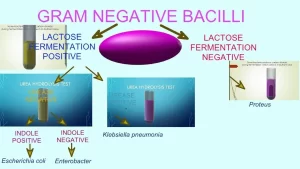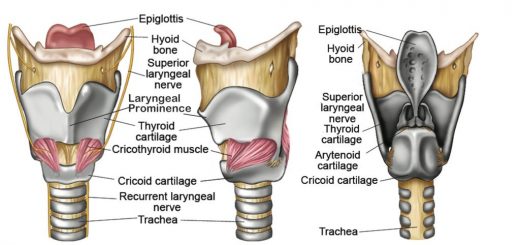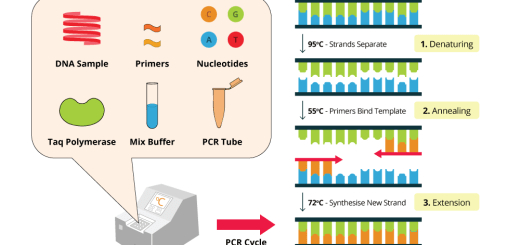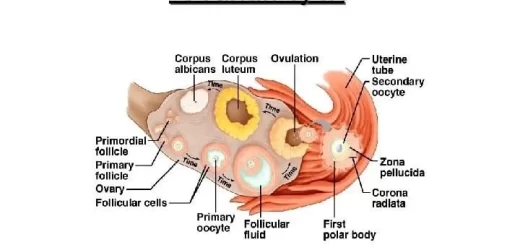Classification of medically important Gram-negative bacilli
Gram-negative bacilli are a large group of non-spore-forming bacteria adapted to a wide range of habitats/niches. A large number of genera are inhabitants of the large intestine (e.g. E. coli, Proteus, Klebsiella), some are adapted to the respiratory tract (e.g. Klebsiella); others live in soil and water (eg. Pseudomonas, Acinetobacter, Vibrios). It is important to distinguish between true pathogens (e.g. Salmonella, Shigella) and opportunists (e.g. Pseudomonas, Acinetobacter).
Classification of medically important Gram-negative bacilli
Medical important Gram-negative Bacilli:
- Facultative anaerobes (Enterobacterales): Lactose Fermenters: (E. coli – Klebsiella), and Non-lactose fermenters: (Salmonella spp. Shigella spp, Proteus spp).
- Aerobes (Do not ferment carbohydrates): Pseudomonas spp. , Acinetobacter spp.
- Comma-shaped (Oxidase positive): Vibrios, Campylobacter app. Helicobacter spp.
Escherichia coli
Characteristics of Escherichia coli
- Mobile Gram-negative bacilli.
- Grow on ordinary media, on MacConkey’s agar, the colonies are pink (lactose fermenting).
Habitat & associated Infections
- The commonest aerobic commensal bacteria present in the healthy gut, They are the commonest cause of urinary tract infections (cystitis, pyelitis and pyelonephritis).
- Appendicular abscess, peritonitis, cholecystitis, septic wounds, and bedsores Lower respiratory tract infections.
- Bacteremia, and hospital-associated infections of various body sites.
- Certain serotypes: ETEC, EPEC, EIEC, and EHEC (enterotoxigenic, enteropathogenic enteroinvasive, enterohemorrhagic E. coli) are the cause of endemic and traveler’s diarrhea.
Klebsiella
Characteristics
Gram-negative, (non-motile bacilli. All freshly isolated strains produce a well-defined polysaccharide capsule. Grow on ordinary media, on MacConkey’s agar, the colonies are pink, moist, and mucoid lactose fermenting.
Habitat & associated infections
Klebsiella pneumoniae is present in the respiratory tract and feces of about 5% of normal individuals. It causes about 3% of bacterial pneumonias. It occasionally produces urinary tract infections and hospital-acquired infections.
Proteus
Characteristics
The genus consists of highly motile (swarming) enterobacterales. Proteus spp. produces urease resulting in rapid hydrolysis of urea with the liberation of ammonia. Thus, in urinary tract infections with Proteus, the urine becomes alkaline, promoting stone formation.
Habitat & associated infections
Commensal bacteria are present in the healthy gut. Proteus species produce infections when the bacteria leave the intestine:
- Bacteremia, pneumonia or meningitis.
- Focal lesions in debilitated patients and those receiving intravenous infusions.
- A common cause of urinary tract infection.
Proteus vulgans in particular is an important nosocomial pathogen.
Pseudomonas
Characteristics
Pseudomonas aeruginosa is the most important species. It grows readily on many types of media including ordinary media. Almost all strains characteristically produce on agar-diffusible pigments. It usually produces a sweet grape-like odor.
Habitat & associated infections
It is widely distributed in nature, soil, water, and sewage and it is commonly present in moist environments in hospitals. It can colonize the normal human intestine, upper respiratory tract and skin as a saprophyte. It only causes disease in humans with abnormal host defense, hence it is called an opportunistic pathogen.
Associated infections
- Infection of wounds and burns.
- Meningitis when introduced by lumbar puncture.
- Urinary tract infection when introduced by catheters or instruments.
- Respiratory tract infection especially through contaminated respirators resulting in necrotizing pneumonia, and certain mucoid types produce the chronic infective condition cystic fibrosis of the lung.
- Otitis externa in swimmers.
- Infection of the eye after injury or surgical operations.
- Fatal septicemia in neonates and debilitated people.
Acinetobacter
Habitat & associated infections
Acinetobacter is a group of Gram-negative bacilli, that grow as non-lactose fermenting colonies on MeConkey’s ager, Commonly found in the environment, like in soil and water.
Acinetobacter is frequently isolated in nosocomial infections) and is especially prevalent in intensive care units), where both sporadic cases and epidemic and endemic occurrences are common.
It is a frequent cause of hospital-acquired pneumonia, especially late-onset, ventilator-associated pneumonia. It can cause various other infections, including skin and wound infections, bacteremia, and meningitis.
Laboratory diagnosis of Gram-negative bacilli
Gram negative bacilli:
- Lectore fermenter on MacConkey’s agar: (Urease (-), Citrate (-), Motile E. coli), (Urease (+), Citrate (+), Non motile klebsiella).
- Non-lactose fermenter on MacConkey’s agar: (Oxidase positive, Pseudomonas, aeruginosa), (Oxidase negative, proteus vulgaris, Acinetobacter).
You can follow science online on Youtube from this link: Science online
You can download Science online application on google Play from this link: Science online Apps on Google Play
Control of Drug Resistance & Bacterial resistance to chemotherapeutic agents
Features and classification of viruses, Defective viruses & Viral vectors used for gene therapy
Staphylococci definition, diagnosis of staphylococcal infections & treatment
Streptococci symptoms, shape, types, diagnosis & pathogenesis of rheumatic fever




